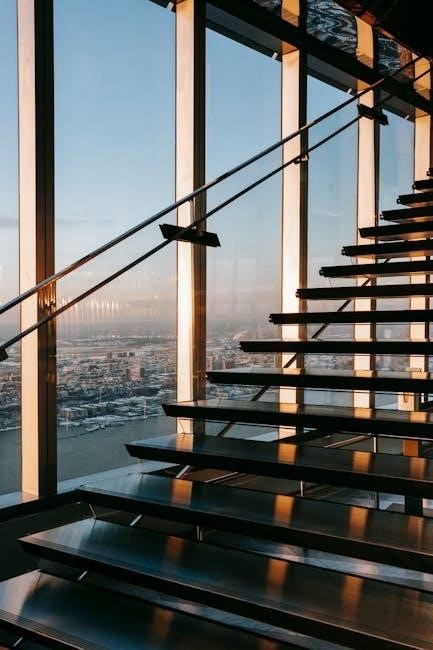The Peekskill Riots of 1949 were a series of violent clashes in Peekskill‚ New York‚ sparked by racial tensions and opposition to Paul Robeson’s civil rights concert.
1.1 Background and Historical Context
The Peekskill Riots of 1949 occurred amid post-war racial and political tensions in the U.S.‚ fueled by the Red Scare and McCarthyism. Paul Robeson‚ a prominent Black singer and activist‚ faced backlash for his civil rights advocacy and alleged communist ties. The riots highlighted deep-seated prejudices and the volatile intersection of race‚ politics‚ and culture in America during the late 1940s.
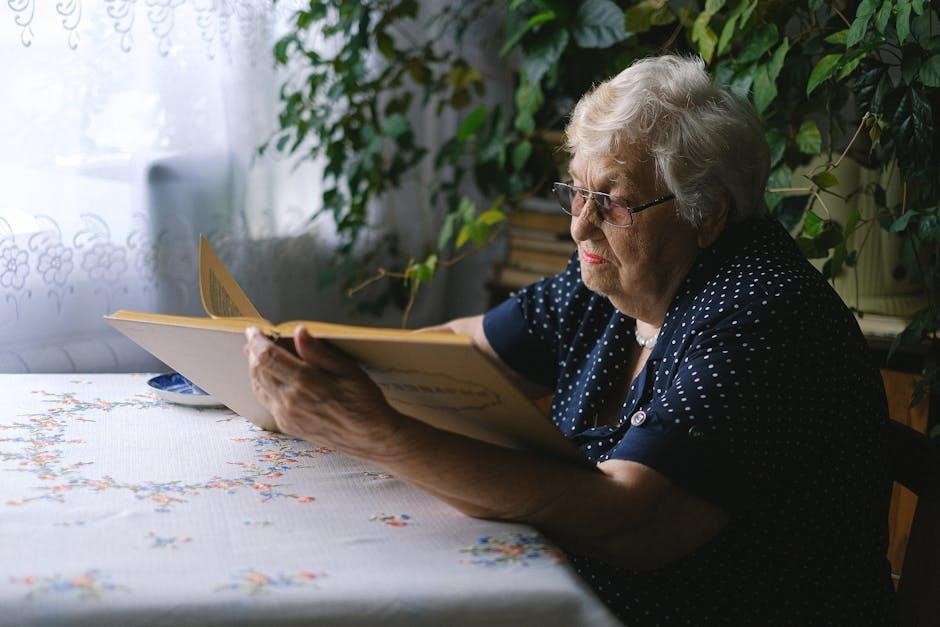
1.2 The Role of Paul Robeson and His Concert
Paul Robeson‚ a renowned Black singer and activist‚ was the catalyst for the Peekskill Riots. His concert‚ a benefit for the Civil Rights Congress‚ aimed to promote racial equality and labor rights. Robeson’s outspoken support for civil rights and his alleged communist affiliations drew fierce opposition‚ leading to violent protests and highlighting the era’s racial and political divisions.
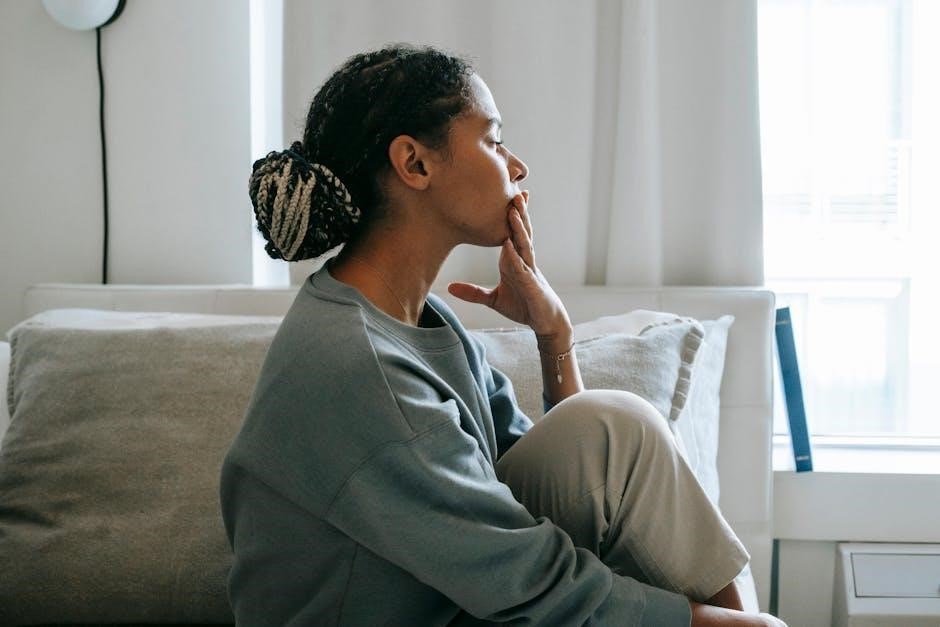
The Events Leading to the Riots
The announcement of Paul Robeson’s concert sparked intense backlash‚ with local opposition fueled by racial tensions and anti-communist sentiment‚ leading to the failed first concert attempt.
2.1 Announcement of the Concert and Initial Backlash
The concert‚ announced as a benefit for the Civil Rights Congress‚ featuring Paul Robeson‚ immediately faced backlash. Robeson’s activism and communist ties stirred local opposition‚ with some viewing it as a provocation. Community leaders and newspapers criticized the event‚ leading to calls for cancellation and heightened tensions‚ setting the stage for conflict.
2.2 The First Concert Attempt on August 27‚ 1949
On August 27‚ 1949‚ the first concert attempt at Lakeland Acres was met with violence. A mob attacked attendees‚ throwing stones and vandalizing cars‚ forcing the event’s cancellation. Despite security efforts‚ the crowd’s aggression overwhelmed the venue‚ leaving many injured and setting the tone for further escalation in the days to come.
The Riot on September 4‚ 1949
The September 4 riot escalated tensions‚ with mobs attacking concertgoers and security forces struggling to contain the violence‚ leading to widespread injuries and arrests;
3.1 The Second Concert and Subsequent Violence
Despite the initial cancellation‚ a second concert was held on September 4‚ 1949‚ at Hollow Brook Golf Club. Mobs attacked attendees‚ leading to severe violence‚ with over 150 injured and numerous arrests. The event highlighted deep racial and political tensions‚ drawing national attention and becoming a symbol of resistance against civil rights and labor movements.
3.2 Eyewitness Accounts and Media Coverage
Witnesses described chaotic scenes of hate-filled insults‚ physical attacks‚ and destruction of property. Media coverage varied‚ with some outlets blaming the victims for inciting violence‚ while others condemned the riots as un-American. The event exposed deep societal divides and highlighted the challenges of reporting on racial and political conflicts during the McCarthy era.
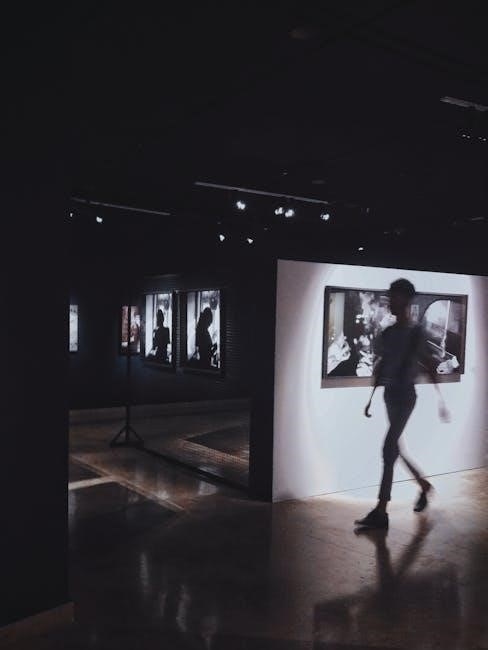
Aftermath and Consequences
Over 150 injuries‚ numerous arrests‚ and legal battles followed the riots. Public outrage and political fallout intensified‚ with Robeson’s passport revoked‚ symbolizing the era’s heightened racial and political tensions.
4.1 Injuries‚ Arrests‚ and Legal Repercussions
Over 150 people were injured during the riots‚ with many concertgoers brutally attacked. Arrests were made‚ but charges often targeted victims rather than perpetrators. Legal battles ensued‚ highlighting racial and political biases in law enforcement. The aftermath underscored the deep-seated tensions of the era‚ with Paul Robeson facing further persecution‚ including passport revocation‚ due to his activism and alleged communist ties.
4.2 Public Reaction and Political Fallout
The Peekskill Riots sparked widespread public outrage and debate. Civil rights advocates condemned the violence‚ while conservative groups justified it‚ reflecting broader racial and political divides. The incident fueled McCarthyist fears‚ with Robeson’s communist ties scrutinized. Politicians and media outlets polarized‚ either defending free speech or deeming the event a communist provocation‚ further entrenching Cold War era tensions and racial discord in America.

Cultural and Historical Significance
The Peekskill Riots of 1949 highlighted deep racial and political tensions in post-war America‚ exposing the nation’s struggle with civil rights and freedom of expression. The event became a symbol of resistance against injustice‚ inspiring art‚ music‚ and literature. It remains a pivotal moment in American history‚ reflecting the ongoing fight for equality and the challenges of balancing dissent with national security during the Cold War era.
5.1 The Peekskill Riots in American History
The Peekskill Riots of 1949 were a significant event in American history‚ marking a clash of racial‚ political‚ and social tensions during the early Cold War era. The violence against civil rights activists and minorities underscored the persistent struggle for equality and justice‚ making it a pivotal moment in the nation’s ongoing fight against discrimination and oppression.
5.2 Songs and Art Inspired by the Riots
Woody Guthrie wrote “Talkin’ Peekskill” and “My Thirty Thousand” in response to the riots‚ while Paul Robeson performed powerful songs like “Go Down‚ Moses.” These works reflected the racial and political tensions‚ becoming symbols of resistance and solidarity. The riots also inspired visual art and literature‚ cementing their place in American cultural history as a testament to the struggle for justice and equality.
Analysis of the Causes and Effects
The Peekskill Riots stemmed from racial and political tensions‚ exacerbated by Paul Robeson’s activism. The violence led to injuries‚ arrests‚ and heightened societal divisions‚ leaving lasting repercussions.
6.1 Racial and Political Tensions of the Era
The Peekskill Riots reflected the deep racial and political tensions of the post-war era. Paul Robeson’s activism for civil rights and labor unions‚ combined with his communist affiliations‚ ignited fierce opposition. The riots symbolized the broader struggle against racial inequality and the Red Scare’s impact on free expression‚ highlighting the volatile intersection of race and politics in 1949 America.
6.2 The Role of the Red Scare and McCarthyism
The Red Scare and McCarthyism intensified opposition to Paul Robeson‚ as his communist affiliations fueled anti-communist hysteria. McCarthyism’s climate of fear legitimized suppression of dissent‚ framing Robeson’s activism as a threat. This ideological crackdown exacerbated racial tensions‚ as Robeson’s critics exploited Cold War paranoia to justify violence against civil rights advocates and labor movement supporters‚ reflecting the era’s broader political repression.

Personal Reflections and Eyewitness Testimonies
Survivors and witnesses shared harrowing accounts of the Peekskill Riots‚ detailing the chaos and brutality they endured. Their stories reveal personal resilience and collective trauma.
7.1 Howard Fast’s Perspective in “Peekskill USA”
Howard Fast’s “Peekskill USA” provides a vivid account of the 1949 riots‚ blending personal observations with historical context. Fast‚ a renowned author‚ captures the emotional intensity and political undercurrents surrounding the events‚ offering insights into the motivations behind the violence and its impact on the community. His narrative emphasizes the clash of ideologies and racial tensions that fueled the riots.
7.2 Voices of Victims and Participants
Survivors and participants shared harrowing testimonies about the Peekskill Riots‚ detailing physical assaults‚ emotional trauma‚ and the breakdown of community trust. Many described the chaos and fear during the attacks‚ while others highlighted the resilience of those who stood against the violence. These personal accounts provide a raw‚ human perspective on the events‚ underscoring their lasting impact on individuals and society.

The Legacy of the Peekskill Riots
The Peekskill Riots exposed deep racial and political tensions‚ leaving a lasting impact on civil rights and labor movements‚ while highlighting the dangers of unchecked prejudice and violence.
8.1 Impact on Civil Rights and Labor Movements
The Peekskill Riots significantly influenced the civil rights and labor movements by highlighting systemic racism and the suppression of political dissent. The violence against Robeson’s concert underscored the challenges faced by activists advocating for equality and workers’ rights‚ galvanizing further resistance and solidarity among progressive groups. This event became a symbol of the broader struggle against injustice in America.
8.2 Lessons Learned and Modern Relevance
The Peekskill Riots offer enduring lessons about the dangers of intolerance‚ racial prejudice‚ and political repression. They remind us of the importance of protecting free speech and combating discrimination. Today‚ these events serve as a cautionary tale‚ emphasizing the need for unity and vigilance in the face of injustice‚ ensuring that such tragedies are not repeated in modern society.
The Peekskill Riots of 1949 exposed deep racial and political tensions‚ highlighting the ongoing struggle for equality and justice in America.
9.1 Summarizing the Key Events and Their Importance
The Peekskill Riots of 1949 were marked by violent clashes sparked by Paul Robeson’s concert‚ highlighting racial and political tensions. The events exposed deep-seated prejudices and the struggle for civil rights‚ labor rights‚ and social justice. The riots underscored the broader societal conflicts of the post-war era.

These events remain significant in American history‚ reflecting the ongoing fight for equality and the challenges faced by activists like Robeson. The riots serve as a reminder of the power of resistance and the importance of addressing systemic injustice.
9.2 Final Thoughts on the Peekskill Riots
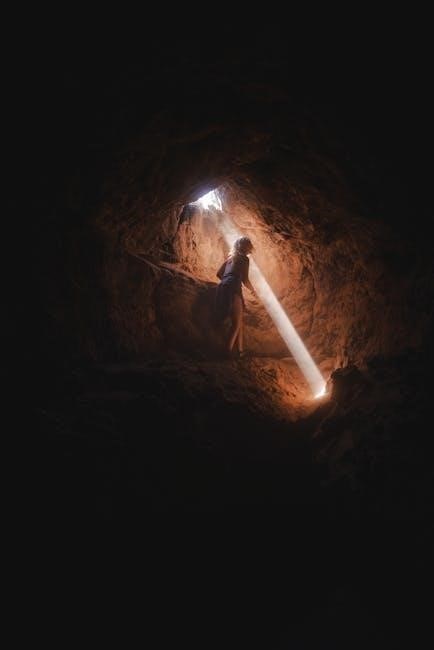
The Peekskill Riots of 1949 were a pivotal moment in American history‚ illustrating the intense racial and political tensions of the era. They highlighted the struggles faced by civil rights and labor activists‚ emphasizing the need for ongoing efforts to combat prejudice and injustice. The riots serve as a stark reminder of the challenges in achieving equality and the enduring impact of such events on society.

